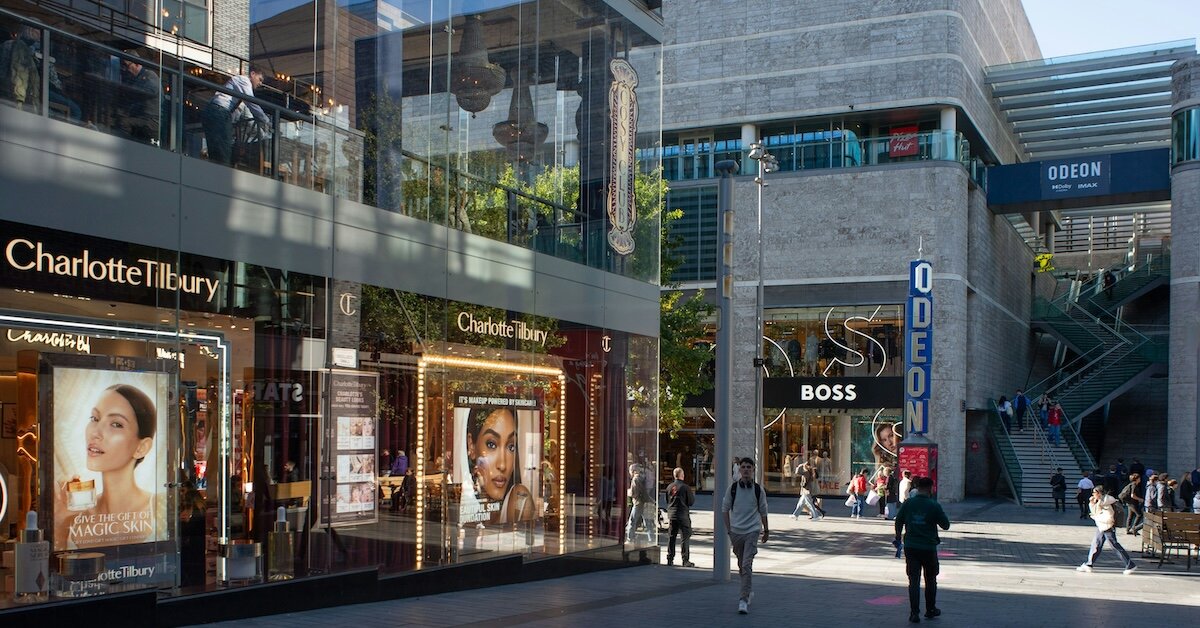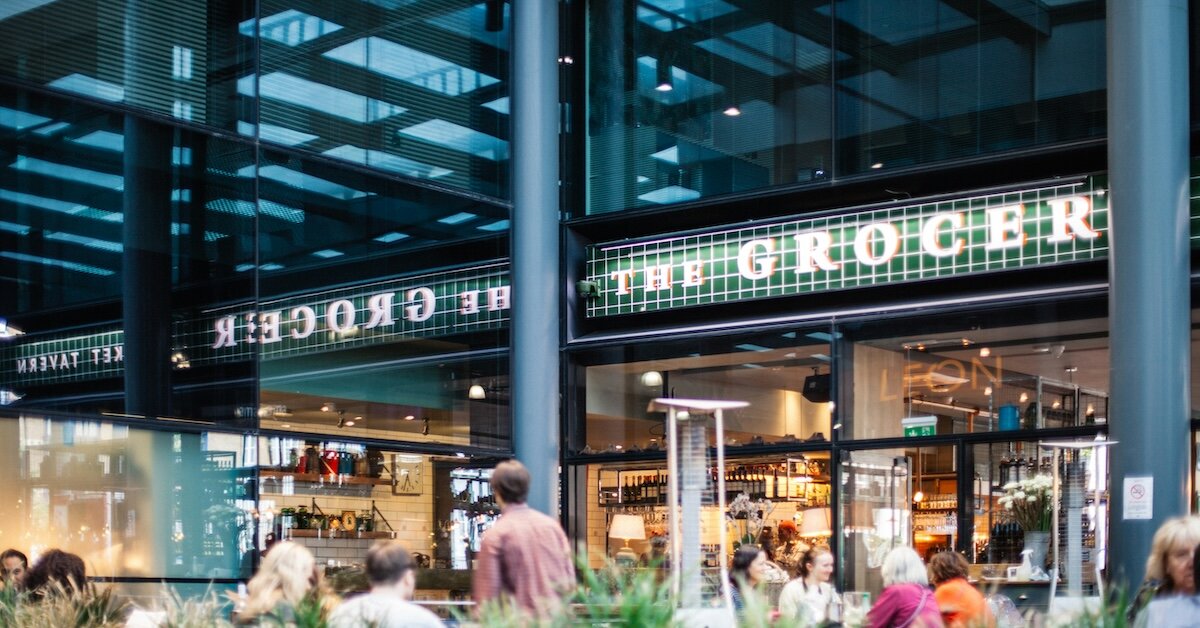Understanding Percentage Leases in Retail Commercial Real Estate


Percentage leases in retail commercial real estate provide a flexible, profit-driven approach to property leasing, especially valuable in today’s shifting market. With economic factors like fluctuating interest rates and variable foot traffic influencing retail performance, this lease structure offers benefits to both investors and tenants, balancing stable revenue with shared success.
In this article, we’ll explore how percentage leases work, why they’re particularly useful in retail spaces, and the key components that make them effective. We’ll also cover the benefits and potential downsides to help you determine if a percentage lease is the right choice for your commercial property strategy.
What are Percentage Leases in Commercial Real Estate?
Percentage leases are a modified rental structure in which the tenant pays a base rent plus a percentage of their gross sales after reaching a designated threshold. The base rent helps commercial investors feel confident that their monthly expenses for the property will be paid, and the percentage of sales lets them share in their tenants’ successful businesses.
Where are percentage leases most common?
Percentage leases are most commonly found in retail spaces. Large shopping centers, strip malls, enclosed malls, and small businesses that benefit from foot traffic in urban areas often have percentage leases in place. Rules surrounding these types of leases may vary from state to state, but they offer significant benefits to both commercial investors and tenants.

What are Percentage Leases in Commercial Real Estate?
Percentage leases in retail commercial real estate are more complex than a standard boilerplate lease agreement, with three specific areas that need to be negotiated.
1. Base rent
Base rent is the amount due every month, regardless of sales or circumstances. Some leases specify one annual lump sum, while others are paid monthly or quarterly. Base rent can be increased annually based on inflation or tied to another measure, such as the Consumer Price Index (CPI). Generally, it’s lower than comparable properties to incentivize potential tenants to sign, even if they’re also giving away some of their sales revenue.
2. Sales percentage
The sales percentage is the amount the tenant will pay above the base rent. It’s calculated based on gross sales and varies significantly depending on the market, the location of the retail space, and the tenant’s industry. Commonly set between two and ten percent, this sales percentage is a negotiated part of the lease.
3. Breakpoint
The breakpoint is also negotiated — it’s the number at which the tenant begins paying a percentage of sales. Consider a tenant with a $100,000 breakpoint; once this threshold is reached, the tenant pays the landlord a percentage of any gross income above that number.
There are two types of breakpoints: natural and artificial. A natural breakpoint divides the base rent by the percentage to get the total sales above which the tenant would begin paying. Artificial breakpoints set a rate unrelated to the base rent but consider the tenant’s potential or other market conditions instead.
There is a tremendous range here; a mom-and-pop shop may have a higher breakpoint than a large chain because they have less diversified income streams and cannot as easily absorb a slow season (or unexpected shutdown). Regardless of the percentage, it’s key that both investor and tenant feel comfortable. Investors need to see a return on their investment, but pricing a retailer out of the space with a breakpoint that doesn’t allow a tenant enough income to cover operating expenses and turn a profit isn’t good for either partner.

The Benefits to Retail Commercial Real Estate Investors
When sales are good, the payout on a percentage lease is substantial. In a thriving urban area or busy suburban shopping complex with high sales volume and consistent foot traffic, a percentage lease can yield significant returns as retailers hit their breakpoints every month. Those returns come in handy when you’re looking for your next investment.
For active real estate investors who enjoy marketing and promoting, this is a great way to boost your tenants’ sales and bump up your payday. Not every investor sees this as a positive, but investors who offer percentage leases are also more likely to keep their properties well-maintained and cared for, helping the property retain its value.
The downsides
Since revenue is tied to the success of a business, when things get slow or the retailer does not perform as expected, the commercial real estate investor may find themselves paying operating expenses out of pocket if they haven’t set their base rates correctly.
Investors may also need to promote their spaces more aggressively to attract new tenants and drive business to the retailers. If you are an investor who wants to take a more hands-off approach, this requires outsourcing to additional employees (or choosing another lease structure). Adding employees after acquiring a new commercial investment may not be part of your move-in checklist.
Why Percentage Leases Work for Tenants
Some retail tenants love the lower base rent that’s usually a part of a percentage lease. This is put in place to help new tenants get established and can be very attractive for small shops that need some time to hit their money-making stride.
Tenants also appreciate the shared risk. When sales drop (as they naturally do in many industries), tenants aren’t stuck with massive rent they can’t pay. Retailers may also enjoy the idea that landlords are invested in their success; the rising tide of solid sales numbers lifts all boats in this scenario.

Roadblocks and Drawbacks for Both Tenants and Investors
Not everything is positive when it comes to percentage leases in retail commercial real estate. These documents are much more complicated to negotiate and require a real estate attorney on both sides of the table to ensure that the lease is fair and has provisions that both parties can meet.
Tenants also incur additional administrative costs when reporting sales figures, and landlords might not want to be so involved in their tenants' financial lives. Additionally, a landlord has a certain amount of responsibility for the health of the retail business; while an investor may not be standing behind the counter selling goods in the store, they do have an obligation to help drive sales and foot traffic. This may mean making improvements and increasing upkeep to make the retail area more attractive.
Is a Percentage Lease for Retail Commercial Space Right for Me?
Each investor needs to make a decision that keeps their building occupied and the balance sheet in the black. Percentage leases for retail commercial real estate provide a unique opportunity for investors to make well above the standard market rental rate on their properties, but only if they are willing to work with tenants.
If you're ready to market your retail space, find a broker on Crexi to maximize your property's exposure.

Ben Mizes is the Co-Founder and CEO at Clever Real Estate, the nation’s leading real estate education platform for home buyers, sellers, and investors.









